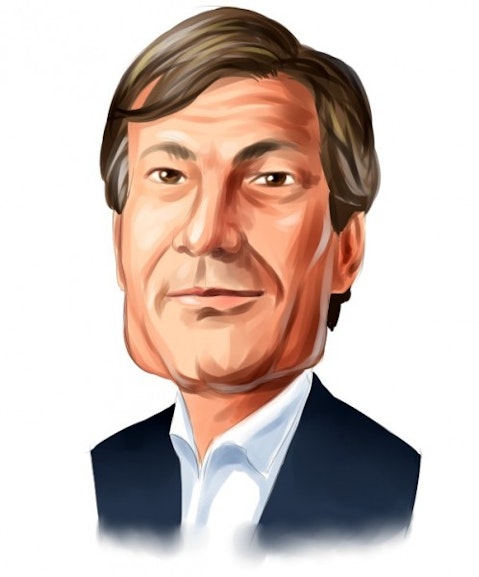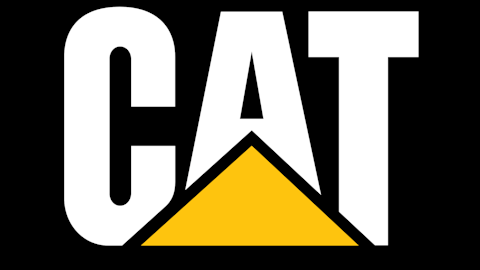Earlier this month we reported on the 13D Activist Fund, a long-only fund which invests in stocks targeted by activist investors (as disclosed in 13D filings shortly after the activist acquires 5% of a company’s total shares outstanding). Activist investing does tend to offer decent returns, and more importantly returns with little correlation to the overall market. While the 13D Activist Fund has a limited performance history, it has in fact beaten market indices even during the fairly bullish conditions over the last year.
Of course, 13D filings are public information and so the only value-adds provided by the fund itself are the selection of activist managers to keep track of and then the actual decision whether or not to invest in each particular investment as it occurs. By going through the fund’s top holdings, we identified six activist funds which we believe the managers tend to pay particular attention to. Let’s see if the 13D Activist Fund is in fact skilled at picking among activist targets or if retail and institutional investors could get the same performance themselves, without fees and other costs, by tracking 13Ds themselves.

One widely followed activist fund, which has a few picks among the 13D Activist Fund’s largest holdings, is Jeffrey Ubben’s ValueAct Capital. Find Ubben’s favorite stocks. In the last two years, ValueAct has filed five initial 13Ds: in Adobe Systems Incorporated (NASDAQ:ADBE) in November 2011, in CBRE Group Inc (NYSE:CBG) in December 2011, in Gardner Denver, Inc. (NYSE:GDI) in July 2012, in Msci Inc (NYSE:MSCI) in November 2012, and in Micros Systems in March 2013. With the exception of Micros, which has traded about even with the market since the 13D, each of these picks significantly outperformed the market. Overall the average annualized outperformance for these five cases was 14 percentage points.
Billionaire Bill Ackman’s Pershing Square (see Ackman’s stock picks) is another closely followed activist fund. Excluding the filing for Air Products & Chemicals, which is only a little over 1 month old, Ackman has filed two new 13Ds in the last two years, both in October 2011; each of these two, Canadian Pacific Railway Limited (USA) (NYSE:CP) and General Growth Properties Inc (NYSE:GGP), has been among the 13D Activist Fund’s ten largest holdings. Canadian Pacific is up 88% since shortly after the filing, while General Growth has returned 46%. The S&P 500 has returned 32%, so the average annualized return here is about 16 percentage points.
Elliott Management, managed by billionaire Paul Singer, is another fund which the mutual fund seems to track (research stocks Elliott owns). We identified the fund’s four 13Ds within the last two years, in Compuware Corporation (NASDAQ:CPWR), Emulex Corporation (NYSE:ELX), BMC Software, Inc. (NASDAQ:BMC), and Brocade Communications Systems, Inc. (NASDAQ:BRCD). Using the same process we’ve covered above, we determined that the average annualized return on these four stocks from shortly after the 13D was filed is just below that of the market indices, with an underperformance of 3%.
Other hedge funds which the 13D Activist Fund appears to track include Blue Harbour Group, Corvex Capital, and Marcato Capital Management. Two of Blue Harbour’s 13Ds are very recent; its only other new activist target from the last two years, CACI, has beaten the market by 7 percentage points per year annualized. Corvex’s universe of recent 13D filings includes five stocks. One has performed evenly with the market while the others have generally underperformed. There are two eligible picks from Marcato: Lear, which has beaten the market, and DineEquity Inc (NYSE:DIN), which has underperformed- the average outperformance on an annualized basis is 12 percentage points.
Therefore, these six funds have filed 19 original 13Ds in the last two years which are not new enough for the short time frame to distort the annualized returns on the investment. On average they have beaten the S&P 500 by 4 percentage points per year, with a good deal of variance depending on the fund (although some of that variance may be due to random chance and the small sample size). This is actually about in line with the 13D Activist Fund’s 5% outperformance on an annualized basis since its inception, and there are expense ratios to consider as well.
More recently, however, the broader portfolio of all 13D filings has not done as well at least compared to the mutual fund. The strategy of starting 2013 owning each of these stocks which had already been reported in 13Ds, and then adding new additions at the end of each month, had returned a little over 10% as of the end of August. This is below the returns of both the overall market and what the 13D Activist Fund has reported on a year to date basis.
There is a good deal of variation in these results as well, and some activist picks which were initiated a longer time ago have done well in 2013, so we wouldn’t take any of these results to be a final answer on whether or not the fund managers are adding value in excess of the fees they charge. More generally, the value of this fund is that retail investors would not have to either buy every stock mentioned in an activist’s 13D as it is released- which would require a good deal of capital- or perform in depth fundamental analysis and then limit purchases to a subset of these stocks. Still, we would certainly not be ready to conclude that the 13D Activist Fund outperforms a full portfolio of stocks targeted by activists.
Disclosure: I own no shares of any stocks mentioned in this article.





